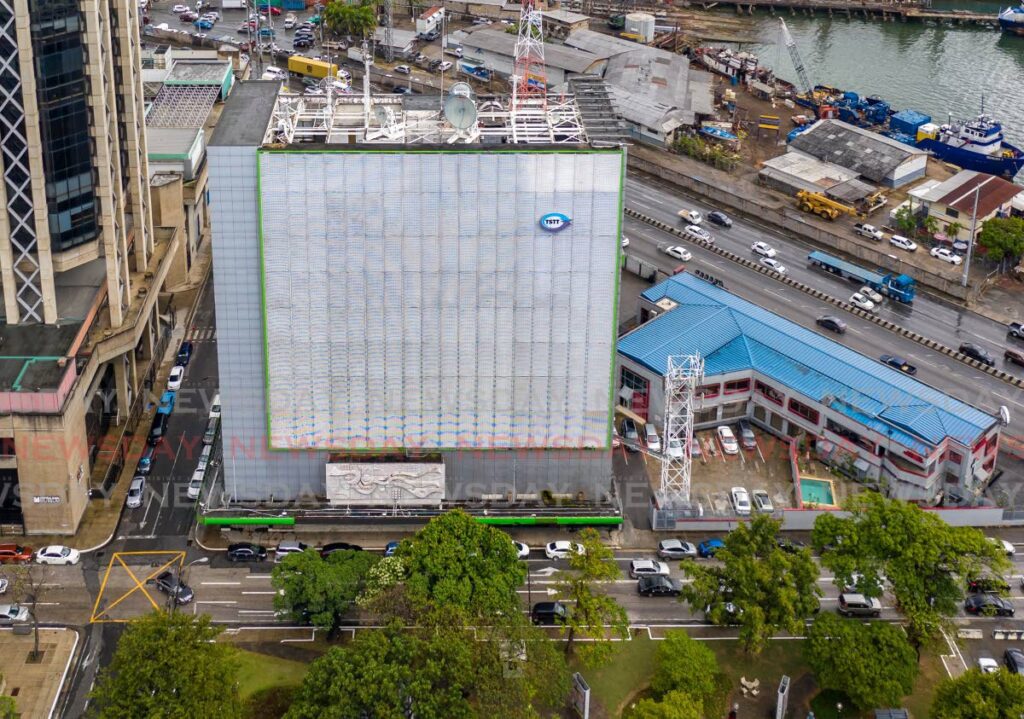Billion-dollar blurs?

WHEN TSTT launched its surveillance system for the government in December 2015, the company boasted of its capacity to improve police monitoring of public spaces. That project added 800 cameras, to deliver a total of 1,673 connected closed-circuit cameras.
The technology was described then as bringing “a quantum leap in their technological capabilities” to the Ministry of National Security and police service. The company’s bill for this service is now being vigorously contested by the Government because it produced “blurred, dirty, obstructed, unclear and unstable” footage.
The Government had already argued the telecommunications company was overcharging for the surveillance service by $300 million. TSTT, however, is seeking an additional $752 million it insists is due on monthly payments of $21 million for use of the service.
In this expensive case of himself accusing himself – with the State and a majority-owned state agency quarrelling over spending – questions arise. Who was responsible for quality control in the delivery of this contract? Who designated the areas covered by the cameras and whether they were delivering footage that was fit for purpose?
Surveillance technology is a fast-moving sector of security monitoring – and seven years is a long time for equipment to sit in place without upgrades of either capture equipment or backroom image-processing capabilities.
Was continuous equipment upgrading a factor in the negotiations for the contract?
If the police could not depend on the quality of the footage being captured, the speed of access or the effective placement of the cameras, then why wasn’t this alarm raised earlier, when action might have improved crime interdiction? Not to mention, of course, avoiding spending millions of dollars on unusable footage.
This untidiness is characteristic of the relationship between the central government and the state agencies that operate under its direction.
In July, the Appeal Court ruled that TSTT is a public authority. Cable and Wireless holds a 49 per cent share of the company, but, as a competitor with shares that have proven unsaleable, has no effective role in the company’s operations and direction, and no dividends to collect.
TSTT’s entire board of directors is state-appointed. The extent of state control and guidance of the company’s daily operations is unclear. But the company is effectively under state control. This situation leads directly to confusing debt loads in state agencies.
TTEC, for instance, was owed $1.2 billion in 2020 for electricity supply to public hospitals, police stations and schools. The electricity company in turn owed the National Gas Company – another state agency – $1.5 billion.
TSTT seems to have found itself drawn into this high-stakes shell game of governance debt. And while this haggling over millions of dollars continues, the only winners appear to be the criminals, who have been served notice that those highly touted electronic eyes are not watching them after all.


Comments
"Billion-dollar blurs?"